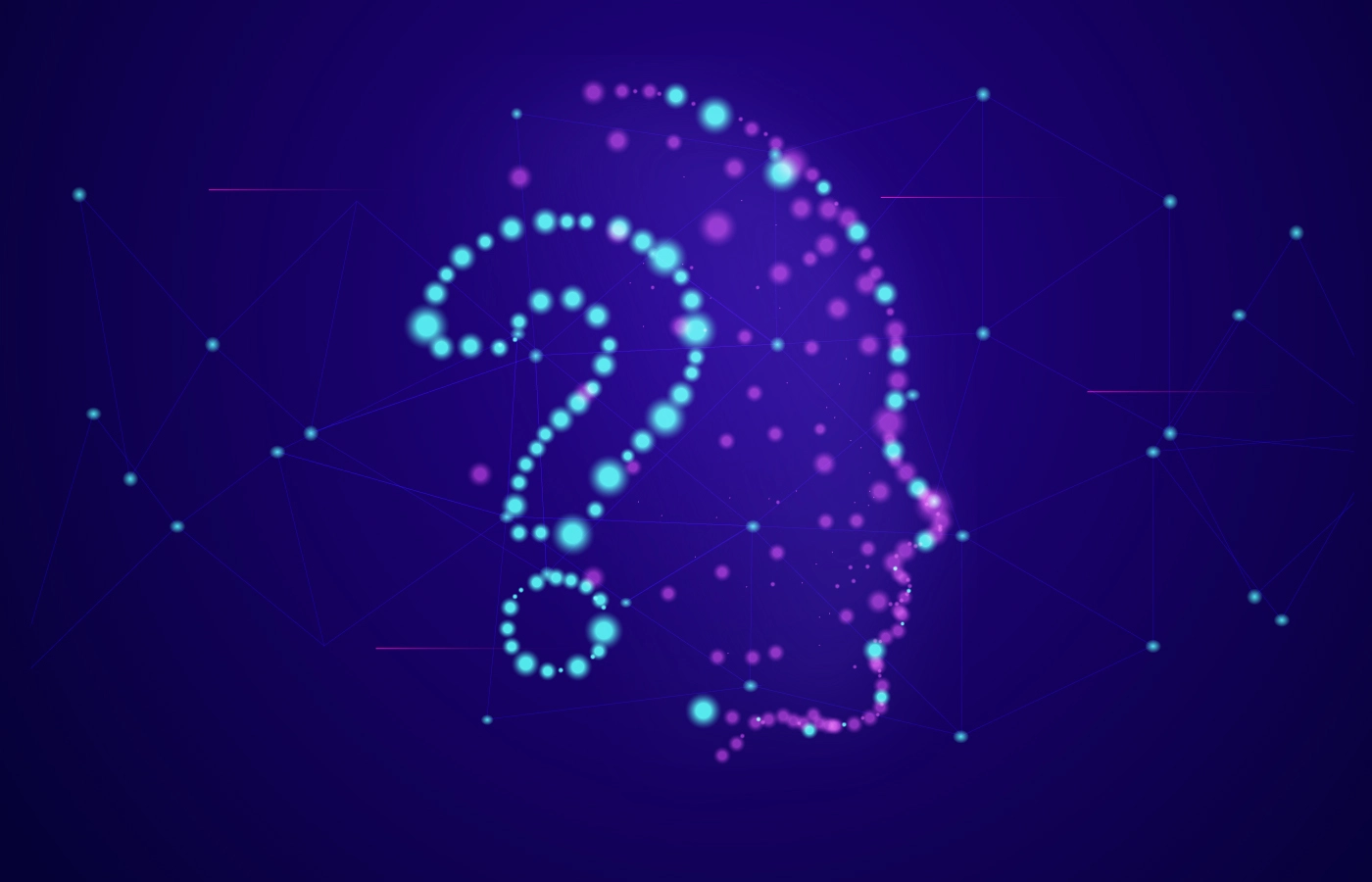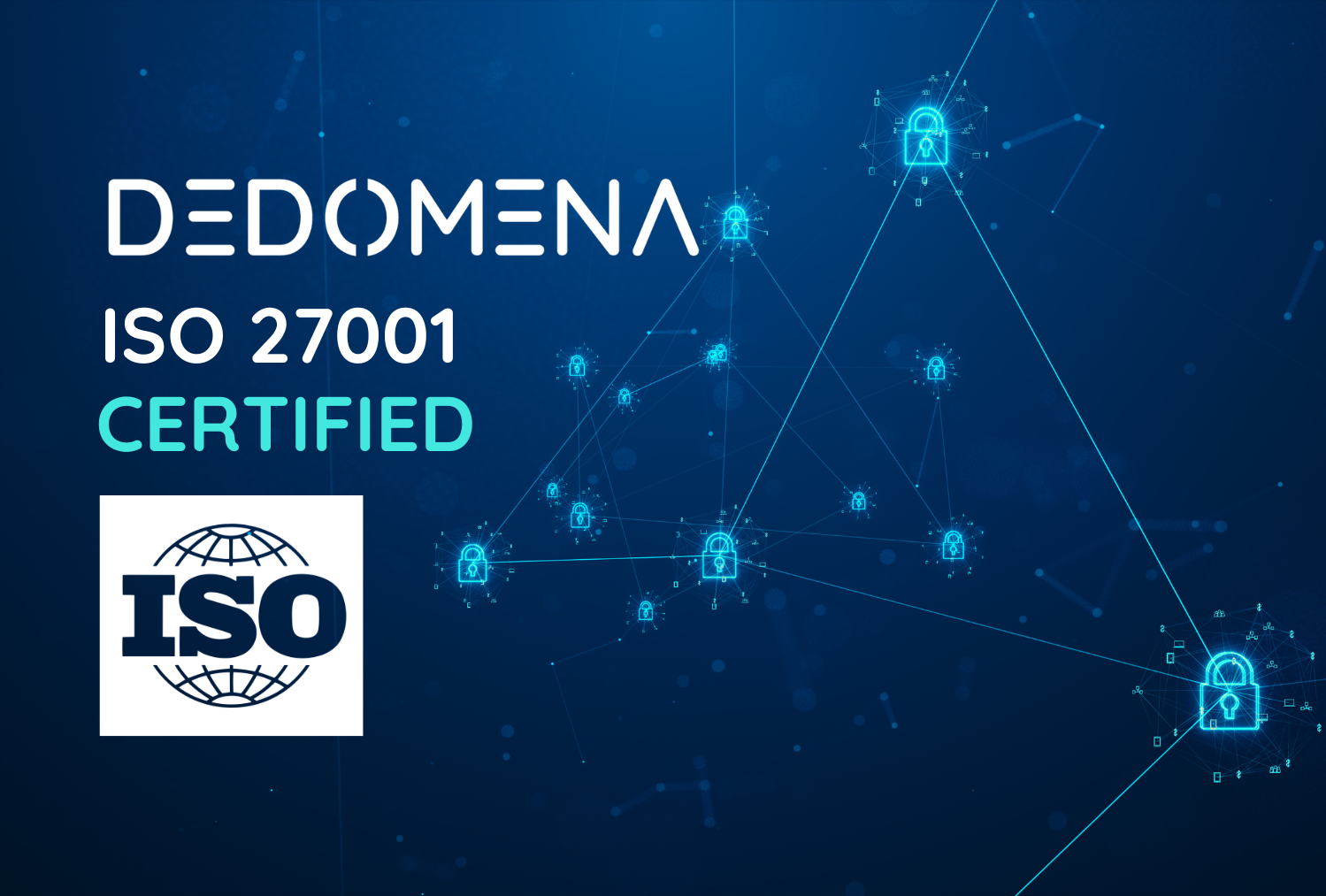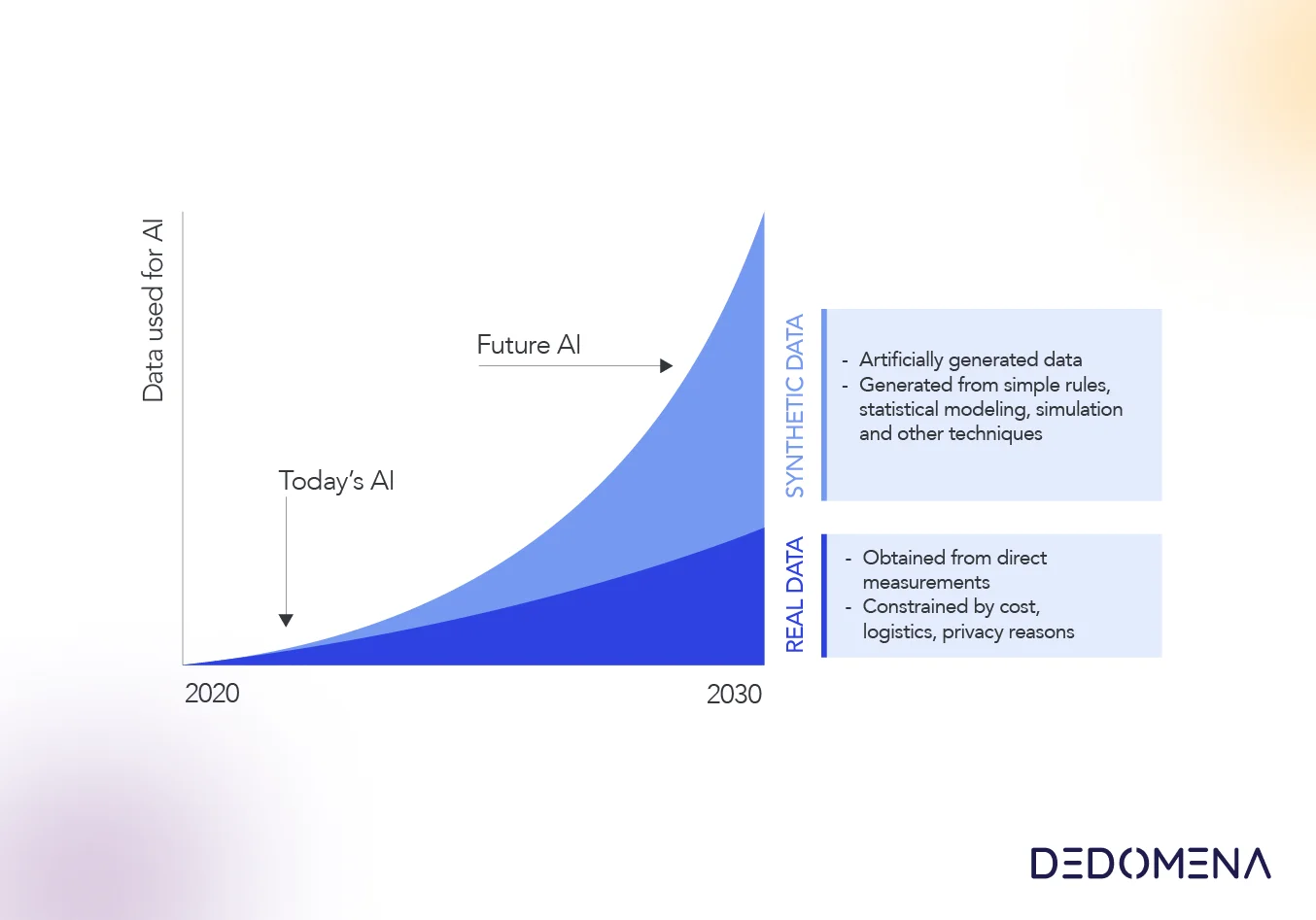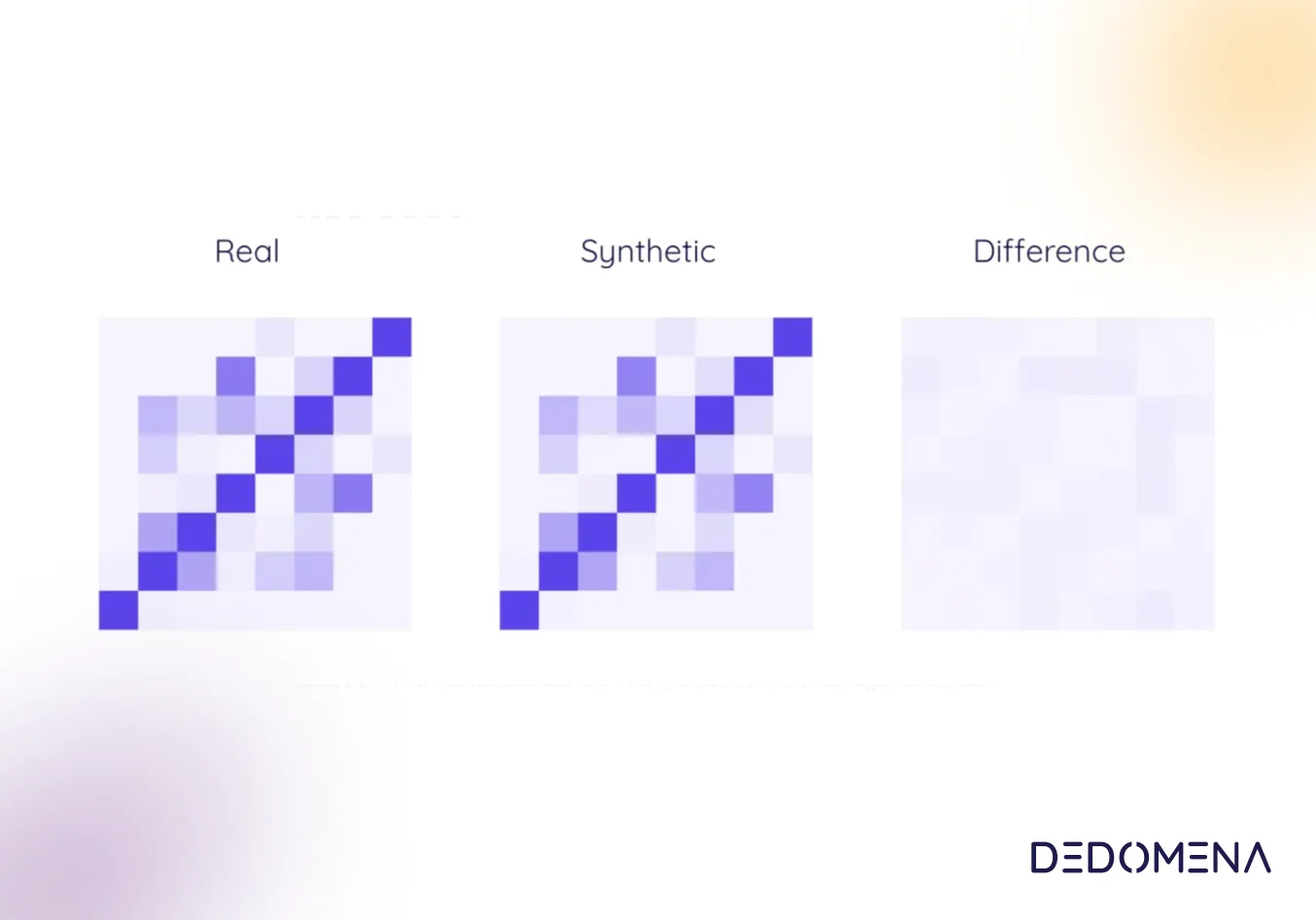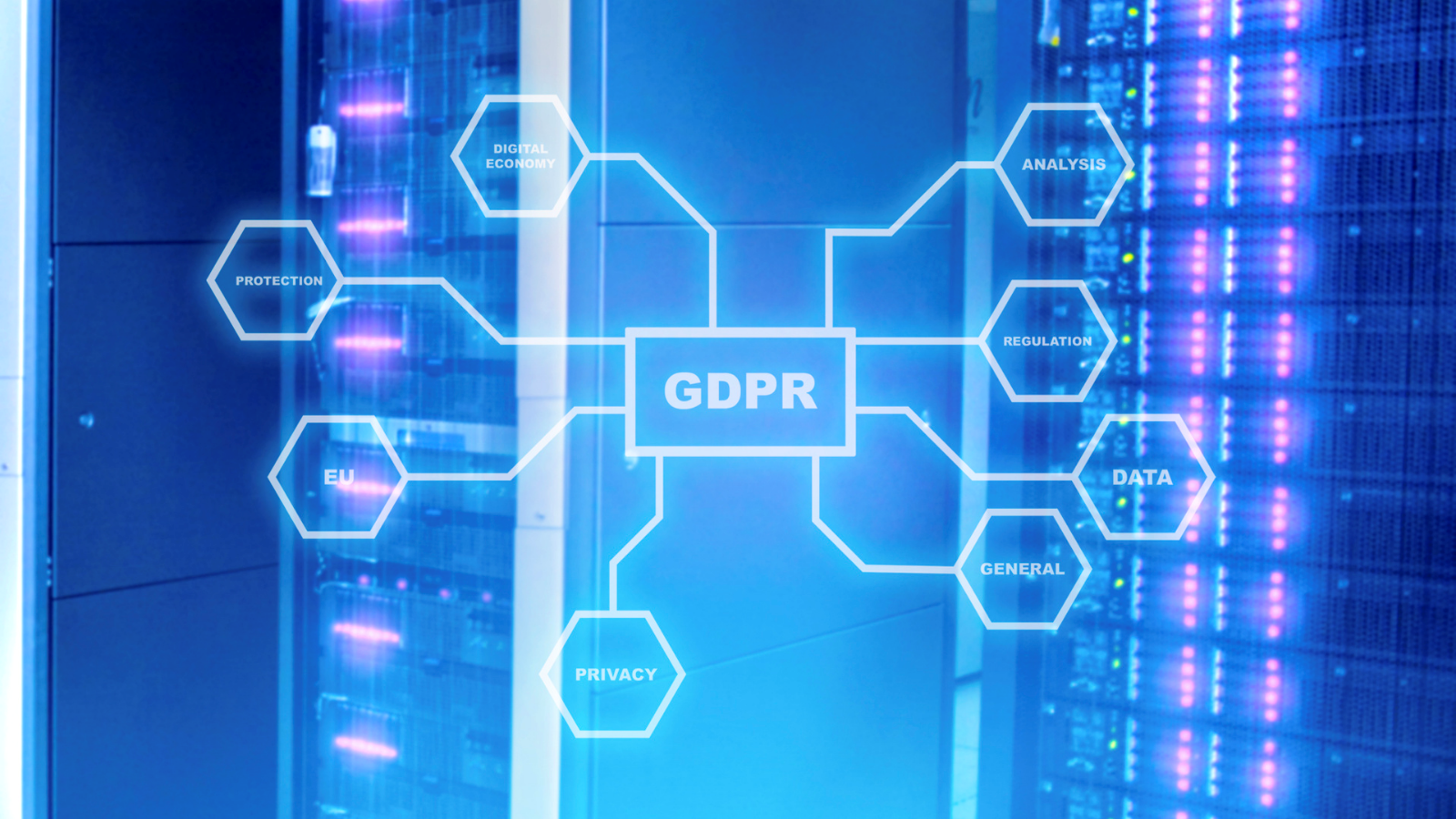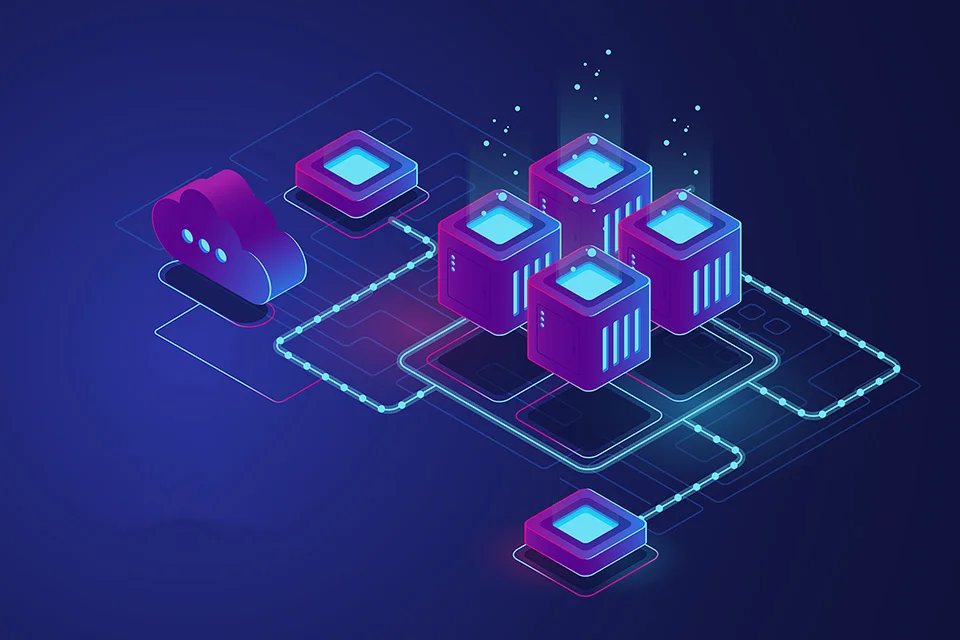Clients, colleagues from the scientific community, and newcomers to the fascinating realm of AI frequently pose a question to us with great curiosity: How “Anonymous” is Anonymized Data? Does it provide true anonymity?
The truth is that the concept of anonymized data has become essential for organizations aiming to leverage vast amounts of information while safeguarding individual privacy. At the same time, regulatory bodies are reviewing this definition and its parameters continuously to ensure they comply with data protection laws.
Defining Anonymized Data
Anonymized data involves the modification of personal identifiers, behaviors, patterns, relationships, among other implicit and explicit information to prevent the re-identification of individuals and entities.
In this way, the information doesn't pertain to an identified or identifiable individual or entity, personal data is anonymized in a way that prevents or no longer allows the identification of the data subject or sensible information.
Anonymization doesn’t just mean removing a name from the data; it also means ensuring that the identity of the person can't be deduced from any remaining information. This process is known as re-identification or de-anonymization.
There are various methods for modifying personal information to anonymize it. Each method has its own advantages and disadvantages depending on the industry, the nature of the data, or its intended use, which may influence the choice of method. Some of these, summarized briefly, include:
Hashing, converts data into fixed-size strings, ideal for verification but not reversible.
Encryption,makes data unreadable using keys, providing strong protection but needing careful key management.
Tokenization, replaces sensitive data with non-sensitive equivalents, maintaining format but requiring secure token vaults.
Data masking, obscures data for testing, however, some information is lost and it is fundamental to tailor the approach for each dataset.
Differential privacy, adds noise, ensuring privacy but reducing accuracy.
Synthetic data, generates new data patterns, preserving privacy but needing sophisticated models.
Pseudonymization, replaces identifiers, balancing utility and privacy but can be reversible.
Generalization, reduces data precision, enhancing privacy at the cost of specificity.
Suppression, removes data, ensuring privacy but diminishing utility.
SupSecure Multi-Party Computation (SMPC)pression, allows joint computations while keeping inputs private, offering strong security but requiring resources.
The challenge of Re-Identification
Despite efforts to anonymize data, there are numerous documented cases where supposedly anonymized datasets have been re-identified. This usually occurs through the combination of anonymized data with other available information, such as public records or social media data.
For example, in a famous study, researchers were able to re-identify individuals in an anonymized health dataset by cross-referencing it with publicly available voter registration records. Such cases highlight the inherent vulnerability of traditional anonymization techniques.
In today´s digital world each interaction with technology leaves a digital footprint. As we generate more data, achieving true anonymization becomes increasingly challenging, and the risk of companies inadvertently releasing re-identifiable personal data grows.
The availability of public information online, coupled with powerful computing capabilities, has made it possible to re-identify data that appears anonymous.
To mitigate the risk of re-identification, companies need to adopt dedicated frameworks and tools, such as Privacy Enhancing Technologies (PETs), which are specifically designed to ensure data protection.
Synthetic Data: Make it more anonymous?
Synthetic data offers an efficient solution to the re-identification problem. Unlike anonymized data, synthetic data is not derived directly from real-world data. Instead, it is generated algorithmically to mirror the statistical properties and relationships of the original dataset without including any real personal or behavioral information.
Synthetic data is algorithmically generated to mimic the appearance and behavior of real data. Generative models analyze the statistical distribution of the original data and produce artificial samples based on it to create synthetic data.
This generation process completely eliminates any one-to-one correspondence between the original and synthetic records. Consequently, synthetic data does not contain personally identifiable information (PII) and, when properly managed, can be freely used for sharing, monetization, research, machine learning, and more.
Enhanced Privacy: Since synthetic data does not contain real data points, it eliminates the risk of re-identification. There are no actual personal identifiers that can be traced back to individuals.
Data Utility: Well-generated synthetic data retains the statistical characteristics of the original dataset, allowing it to be used effectively for analysis, machine learning, and testing.
Regulatory Compliance: Synthetic data helps organizations comply with stringent data protection regulations like GDPR and CCPA, which impose strict requirements on the handling of personal data.
Synthetic data can be employed across various sectors, including healthcare, finance, and retail. For instance: synthetic health records can be used for research and development without risking patient privacy; financial institutions can use synthetic transaction data to detect fraud and develop new financial products; retailers can analyze synthetic consumer behavior data to optimize marketing strategies without compromising customer privacy.
The benefits through all these industries include several opportunities for businesses, such as data sales, collaborative work and analysis and machine learning.
Synthetic data offers significant opportunities for organizations, largely due to its foundation on the principle of Privacy by Design. This principle ensures that privacy measures are integrated into the data generation process from the outset, rather than being an afterthought.
Embracing synthetic data can lead to cost efficiencies, reduced risks, and enhanced trust with stakeholders, positioning organizations for success in the data-driven economy.
Have you tried our platform yet? Try for free now! Come and discover a world of opportunities with Dedomena AI.



